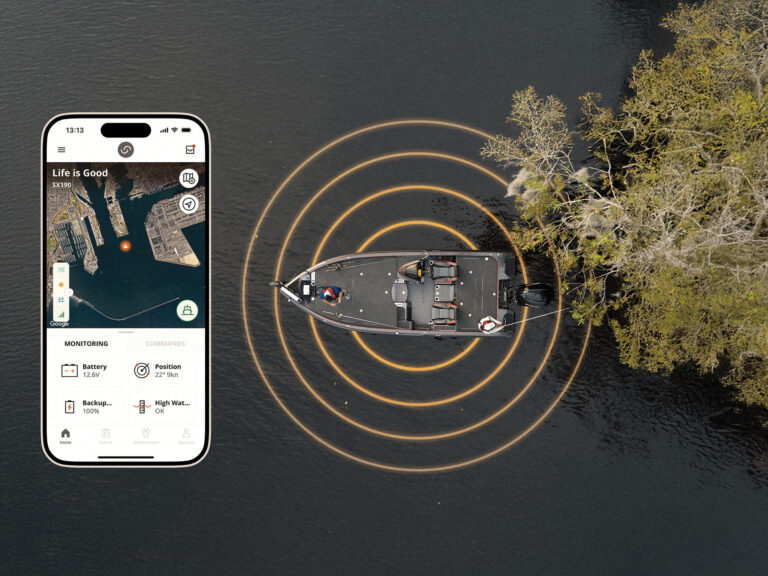The U.S. Fish and Wildlife Service approved the establishment of a National Wildlife Refuge for the waters off of Palmyra Atoll, located 1,000 miles south of Hawaii. The refuge covers the last intact marine wilderness in the U.S. tropics. Palmyra Atoll consists of 680 acres of land and 15,512 acres of pristine coral reefs, emerald islets and turquoise lagoons. Thanks to its geographic location, Palmyra provides habitat for more than a million nesting seabirds and a remarkably diverse assortment of coral and marine species. The atoll’s reefs support three times the number of coral species found in Hawaii and the Caribbean, and five times the number of species found in the Florida Keys.
More than 16,000 acres of coral reef habitat will be protected within the 515,232 acres of tidal and submerged lands at Palmyra Atoll National Wildlife Refuge. Marine species found around Palmyra include pilot whales, bottle-nosed dolphins, hawksbill turtles, black-tip sharks, tiger sharks, manta rays, giant clams and of course bonefish, trevally and a variety of other flats predators. The atoll is also home to the world’s largest land-based invertebrate, the coconut crab, so-named because of its ability to crack open a coconut with its huge claws.
One of the goals of the Nature Conservancy is to establish guidelines for bringing small groups of anglers to the island. Palmyra’s pristine lands and waters and abundant wildlife make the atoll a world-class destination for individuals interested in catch-and-release sport fishing, and many are eager to open the refuge on a limited basis for this purpose. The crystal-clear waters of Palmyra teem with hundreds of fish species, more than 130 species of hard corals and miles of virtually pristine flats, not to mention untold offshore opportunities.









